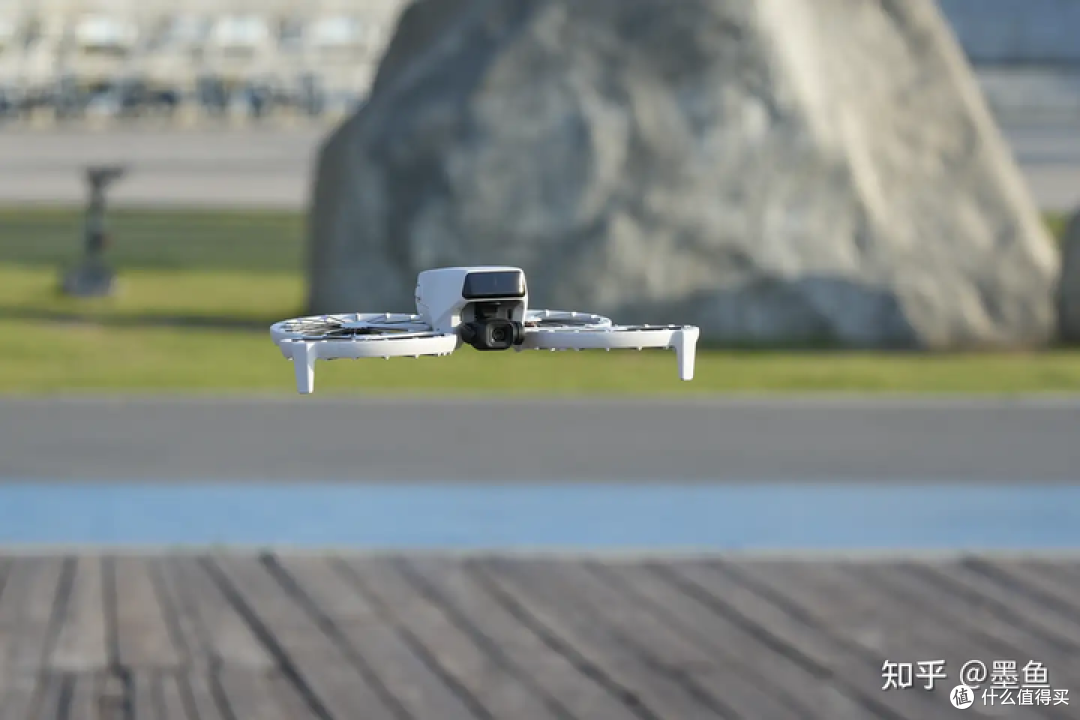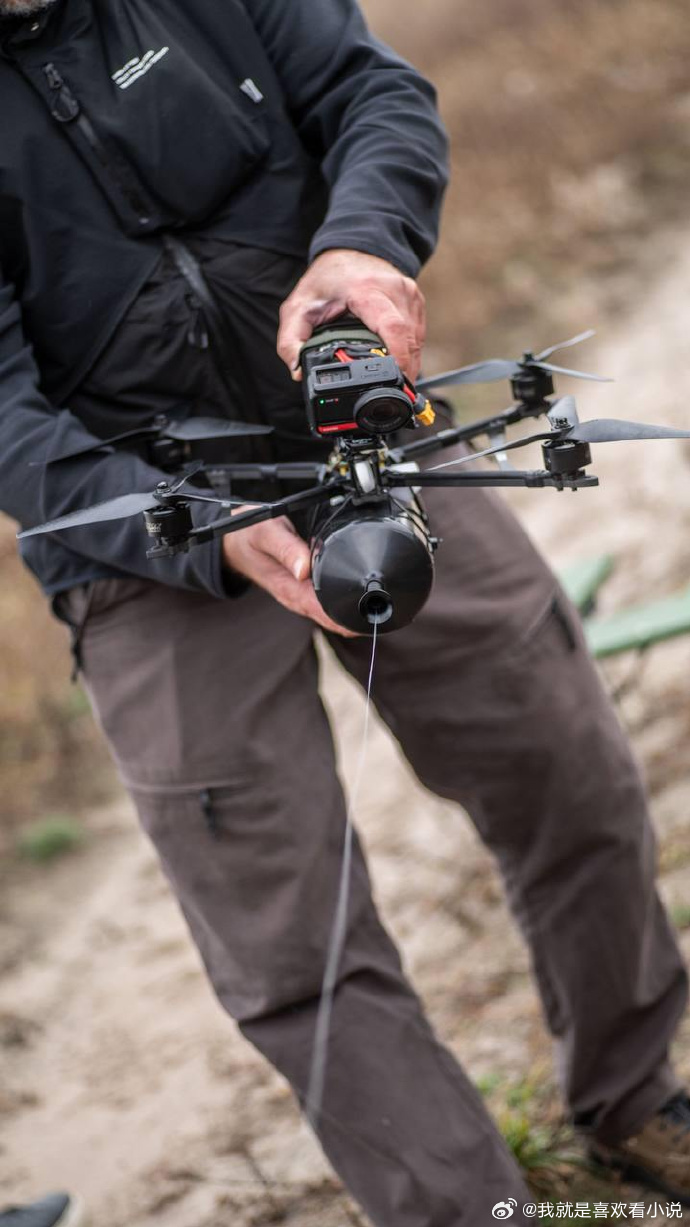Unveiling the Reaper Drone: A Technological Marvel
The Reaper drone, a variant of the famed MQ-9 series, represents one of the pinnacles of modern unmanned aerial technology. Known for its extraordinary capabilities, the MQ-9 Reaper has been utilized in various operations, particularly in the real-time and strategically significant field of reconnaissance.
History and Development
The Reaper drone’s origins trace back to the early 2000s as advancements in unmanned aerial vehicles (UAVs) began to accelerate. It was developed as an improvement over its predecessor, the MQ-1 Predator, with enhanced speed, payload capacity, and endurance.General Atomics Aeronautical Systems spearheaded the development, aiming to create a drone superior in intelligence-gathering and offensive capabilities.
spearheaded the development, aiming to create a drone superior in intelligence-gathering and offensive capabilities.
Technical Specifications

The MQ-9 Reaper boasts impressive technical specifications, contributing to its high effectiveness in various missions. Equipped with sophisticated sensor suites, it can operate at altitudes up to 50,000 feet, providing a bird’s-eye view that is crucial for both surveillance and targeting missions. Its payload capacity allows the integration of various arms and reconnaissance equipment, providing flexibility in mission planning and execution.
Operational Use
Operated primarily by the U.S. Air Force, the Reaper drone excels in its endurance and precision. It is capable of carrying out extended missions without direct pilot intervention, thanks to advanced autonomous systems. The drone’s endurance allows it to remain airborne for over 27 hours, a critical feature for missions requiring prolonged surveillance.The Reaper’s armaments include laser-guided bombs and air-to-ground missiles, which enable precision strikes, reducing collateral damage and enhancing tactical effectiveness.
Reaper Drone In Real-World Scenarios
In recent years, the Reaper drone has proven invaluable in various combat and peacekeeping scenarios. Its ability to relay real-time intelligence to ground forces has reinforced its role in modern warfare. By supporting ground troops with overhead surveillance and targeted strikes, the Reaper has helped reshape tactics in conflict zones across the globe.
Future Advancements
The evolution of drone technology is ongoing, with future iterations of the Reaper expected to incorporate even more innovative features. The integration of artificial intelligence and machine learning to improve autonomous functions may significantly enhance operational efficiency. Future models are likely to focus on stealth capabilities and electronic warfare features, further cementing the drone’s role in modern military strategy.
Challenges and Ethical Considerations
Despite its advancements, the Reaper drone technology faces challenges, including the debate over the ethical implications of unmanned warfare. Concerns about accountability and the potential for increased civilian casualties are topics of ongoing discussion among policymakers and military strategists. Efforts to address these issues involve refining operational protocols and developing international guidelines for drone use.
FAQs
Q: How does the Reaper drone differentiate itself from other UAVs?
A: The Reaper drone is distinguished by its balance of surveillance and strike capabilities, extensive flight endurance, and advanced autonomous features that make it ideal for both reconnaissance and combat missions.
Q: What are the ethical concerns surrounding Reaper drones?
A: The principal ethical issues relate to accountability and the risk of civilian casualties, striving for improvements in operational protocols and international guidelines is essential.
Q: Will Reaper drones incorporate AI technologies in the future?
A: AI integration is expected in future iterations to enhance autonomous functions and operational efficiency.